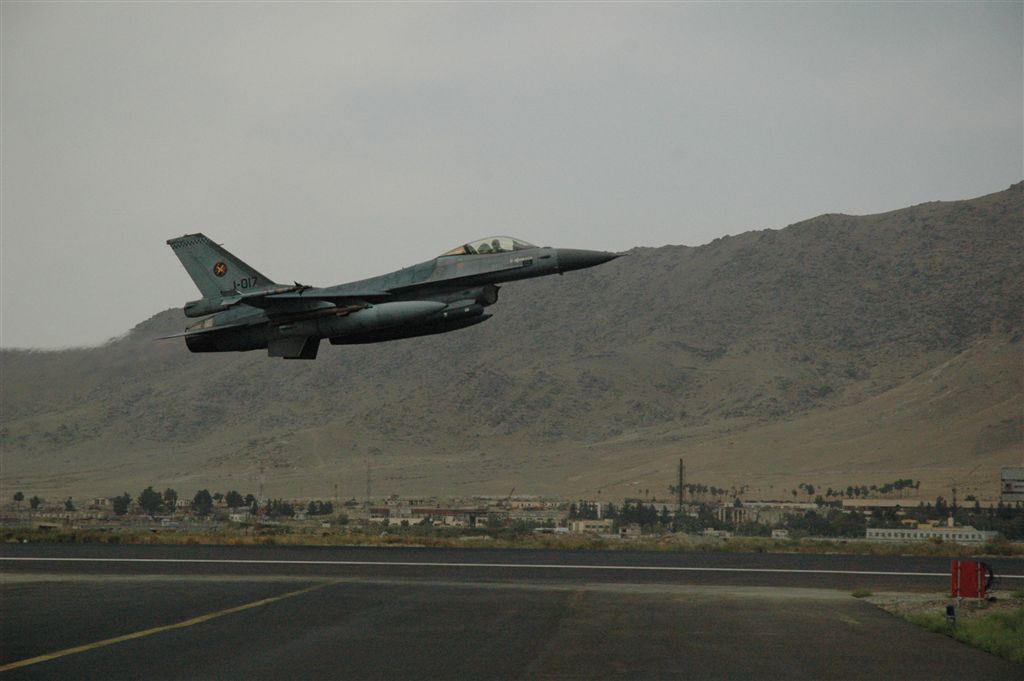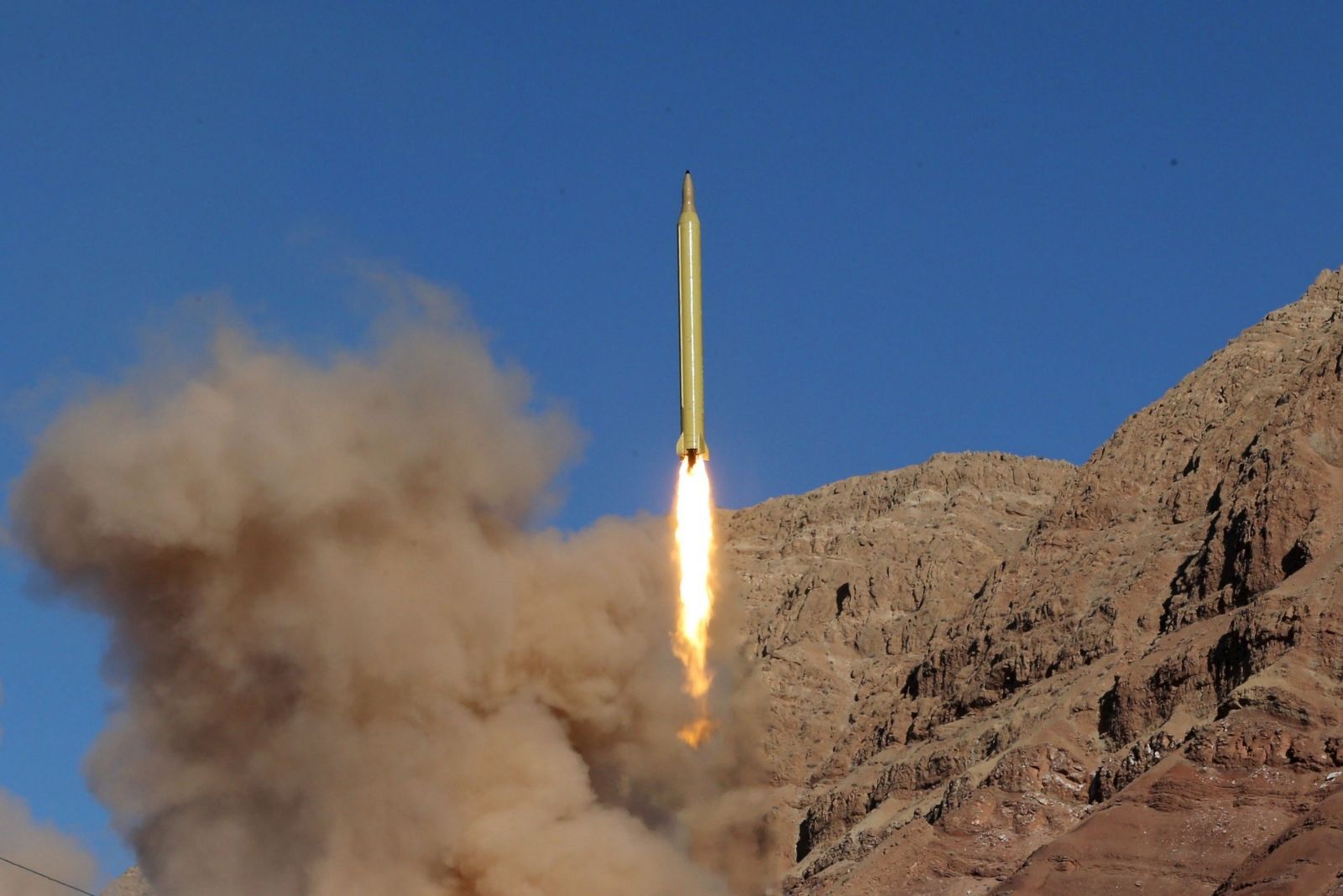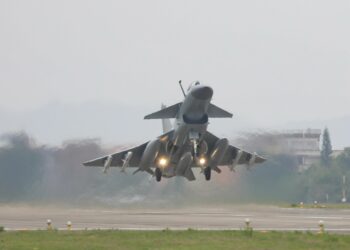The government of the Netherlands is following through on an earlier pledge to commit a EUR100 million ($112 million) real-term increase to the defense budget on an annual basis with an earmark of an extra EUR220 million ($248 million) under its fiscal year 2016 budget.
With the country’s current inflation rate around 0.8 percent the year-on-year increase will easily meet the real-term basis threshold. While some press reports indicate that this will move the Dutch defense budget up to EUR7.5 billion in 2016, the actual consolidated budget for 2015 was EUR8 billion, meaning next year’s budget will rise to EUR8.22 billion ($9.27 billion) when all supplemental funding is factored into the equation.
The problem for the Netherlands, however, has been that deep cuts in capabilities have negated the strategic reach and punch of its armed forces. While a willing provider of troops for NATO-led missions the Netherlands no longer has the firepower its military brought to bear pre-2009 and the country’s credit crisis.
A defense white paper released by the first coalition government of Prime Minister Mark Rutte in April 2011 saw cuts equal to EUR1 billion and the loss of the Royal Netherlands Army’s entire heavy armor element.
Now with the country committed to a 37-aircraft F-35 Joint Strike Fighter purchase whose cost burden on the Netherlands increases each time the value of the euro drops versus the U.S. dollar, the remainder spent on defense is scarcely enough to cover all the needs (operations, defense technology research & development, ISR acquisitions, air-sea maintenance, training and procurement, etc) necessary to improve the overall strength of the Dutch military.









